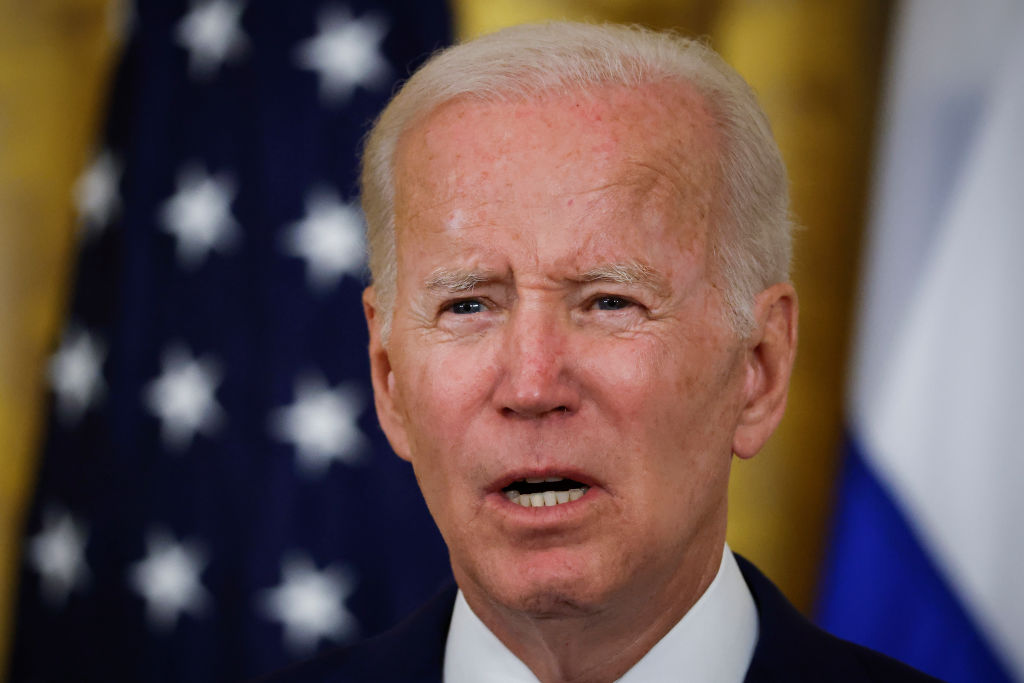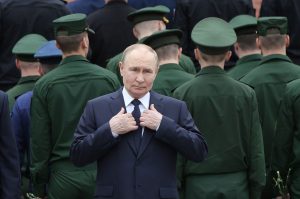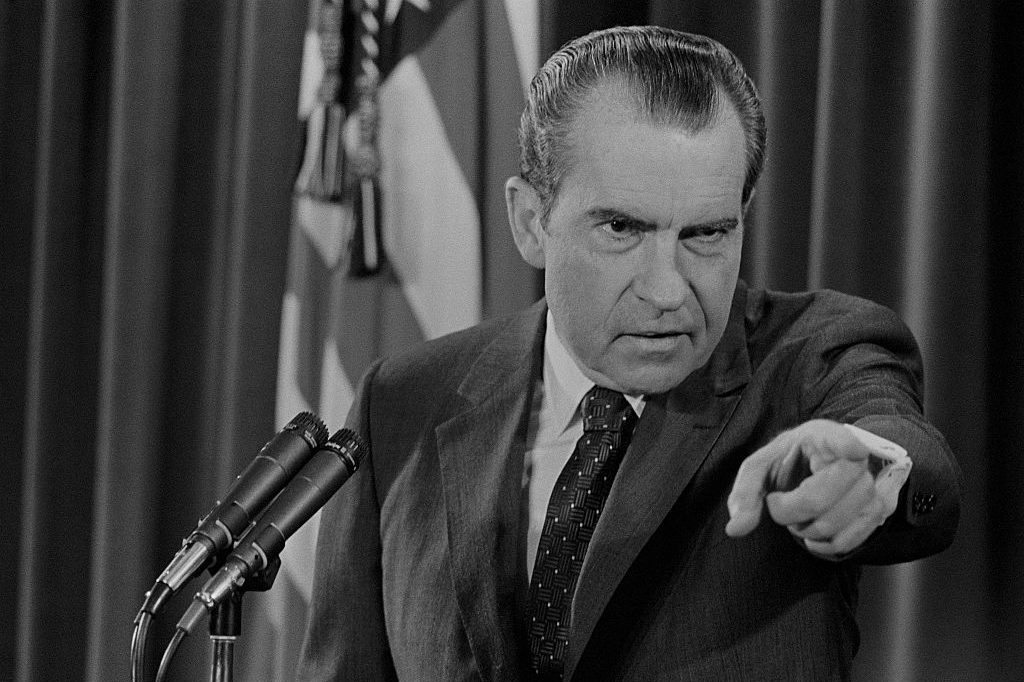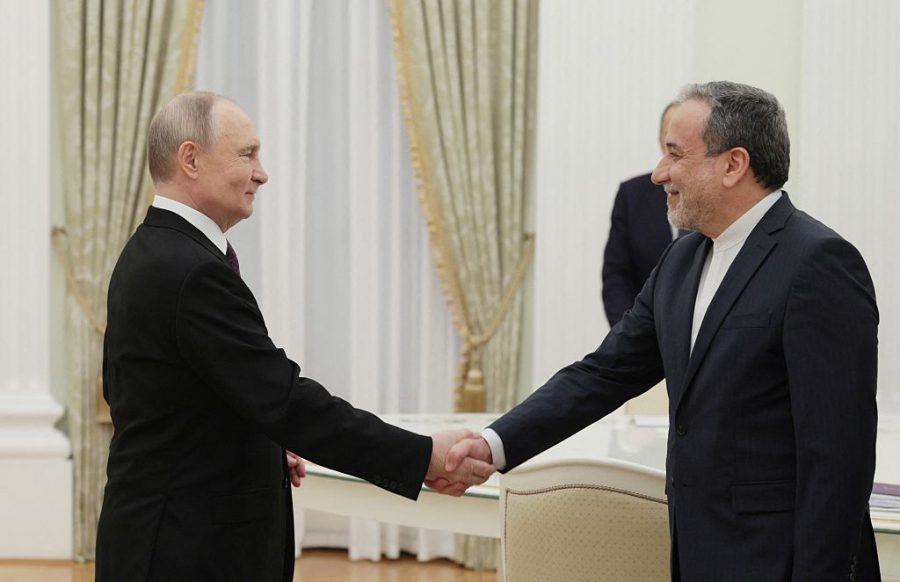What is Joe Biden’s foreign policy? It’s a trick question, because he has no actual policy, no plan, no careful set of chess moves a step ahead of his adversary. America suffers for it.
Biden’s foreign policy initially began and ended in Afghanistan with the disastrous withdrawal that left refugees strewn across the globe. There were years, then months, then weeks, then days to plan the NEO — the noncombatant evacuation order — and plenty of planning books for one sitting on desks in places like Seoul.
Still, the basic mistakes were made, including reducing the evacuation from several well-guarded sites (particularly American military bases being closed down) to a single semi-open civilian site at Kabul airport to allow the mobs and the enemy to concentrate, failing to negotiate an end strategy with the adversary (as was done in Vietnam and Iraq; basically let us evacuate peacefully and the place is yours a day later), having no system to prioritize boarding, and not pre-negotiating landing rights in neighbor countries that were to be used as staging areas.
Instead, Biden simply sat on his hands while troops on the ground did their best to ad hoc a strategy of evacuating those whom Darwin got over the fence line. Add in breaking the cardinal rule of all NEOs, leave no American citizens behind. Biden’s follow-up to the evacuation has been to pretend it never really happened and not talk about it. America’s reputation, meh.
That leaves the multidimensional mess in Ukraine, Biden’s other big foreign policy move. What is the Biden policy, what is it intended to achieve for US interests, and what is its end game? No one can really answer those questions beyond a childish “the other side goes home before we do.”
Biden’s failure in Ukraine is based on several fallacies. Primarily was his belief that “allies” in Western Europe would band together behind the leadership of the United States to, well, do something against Russia. Nobody wanted actual war between, say, Germany and Russia, so the idea was that European friends would send weapons and participate in sanctions and this would cause Russia to withdraw.
In the early days, more than six month ago, the goal was whispered to be the fall of Putin, regime change with possibly even a new pro-western leader in Moscow, another “end of history” moment since the west squandered the first one trying to make Russia into a capitalist franchise. (How’d that McDonald’s in Red Square work out?)
Euro-enthusiasm was damp to begin with, perhaps for having seen a dozen American foreign policy adventures that required their urgent support turn to mud (Afghanistan was the freshest international effort to fail, preceded by the famous Coalition of the Willing in Iraq War III of 2003), and so predictably within weeks the arms flow became mostly all-American after some token gifts of aircraft and armor from the Danes, et al. US Special Forces were on the ground in Ukraine soon enough, the CIA active alongside them, and the escalations in both material and sophistication of weaponry running full steam. Ukraine on the ground very quickly devolved from a NATO effort into an American one. Again.
But Biden’s biggest failure in Ukraine was with sanctions, those economic pressure points that were to make the price of continued war too high for Putin to bear. Fears that Putin would “cut off” western Europe’s gas turned out to be a joke. European gas and oil were instead simply rerouted to Paris and Berlin via Chinese and Indian resellers, and at higher prices than prewar to boot. US sanctions have actually aided Russia. Though Russia’s energy exports fell by volume, Russia’s export prices have been on average around 60 percent higher than they were last year. About the only people actually sanctioned so far have been American consumers, who paid $5 a gallon for gas in the spring and early summer. Europe may get its chance to help defeat Putin, with energy prices possibly rising by 400 percent come mid-winter.
France and Germany have evolved the ability to talk tough and do little of substance, making quite an event out of the end of Russian energy exports via ship while quietly lapping at the pipelines like drunkards. And what demand does not fix, supply steps in for. The EU reduced direct imports of Russian crude oil by 18 percent, but thanks to Russian re-exporters, that has had little to no net change in Russia’s overall oil export volumes.
China, too, has helped make up for the EU shortfall, re-exporting into the global market as the largest single buyer of Russian energy. Japan holds that title for as yet unsanctioned Russia coal exports. Even the US itself helps out, buying unsanctioned, highly refined oil products from the Netherlands and India that most certainly were made at least in part from Russia crude. It turns out Biden was unaware how hard it is to simply turn off Russian energy exports.
China imported more Russian gas in 2022 then any previous year. In the first six months of 2022, according to Chinese customs data, China bought a total of 2.35 million tons of liquefied natural gas (LNG), valued at $2.16 billion, from Russia, an increase of 28 percent year on year, with the value surging by 182 percent. This meant Russia surpassed Indonesia and the United States to become China’s fourth-largest supplier of LNG. Bad enough news if China was using the LNG itself to grow its economy but the LNG is being resold to Europe as a sanctions buster.
As reported by the Financial Times, “Europe’s fears of gas shortages heading into winter may have been circumvented, thanks to an unexpected white knight: China.” They further note that “the world’s largest buyer of liquefied natural gas is reselling some of its surplus LNG cargoes due to weak energy demand at home. This has provided the spot market with an ample supply that Europe has tapped, despite the higher prices.” Maybe no one has told Joe the bad news.
So where are Biden’s allies? The EU (plus China, India, Africa, Japan…) may at times talk a great game but they are hamstrung by their own energy needs. Joe Biden’s foreign policy response? To travel to Saudi Arabia to bargain away any remaining American self-respect for oil. The UN meantime saw 35 key abstentions, including much of Africa, on a symbolic get-out-of-Ukraine resolution. The head of the African Union explicitly called for the lifting of sanctions on Russia. Brazil and Mexico refuse to condemn Russia. Biden stands nearly alone in claiming the liberal world order is at risk. And, um, the G-7 announced they’d agreed on a plan to impose a set price on Russian oil, literally not that that matters since the resell market is where the action is.
Meanwhile, as Biden makes plans to send additional sticks and stones to Ukraine, Beijing recently announced plans to waive debt owed by 17 African countries. China plans to invest a further $300 billion in the continent. China’s continues to make inroads into the “Lithium Triangle,” Argentina, Bolivia, and Chile, which account for 56 percent of the world’s lithium supply. Over the years, China has acquired a number of mines in the three countries. In the space of two years, between 2018 and 2020, China invested $16 billion on mining projects there. In an effort to further capture a monopoly in the lithium market, China is also investing in Zimbabwe, home to Africa’s largest lithium reserves, injecting $300 million into its Arcadia Lithium Mine.
Elsewhere, the Solomon Islands’ new security pact with Beijing could lead to a Chinese naval base being constructed off of Australia.
Meanwhile, Biden’s foreign policy expenditures involve sending $1.1 billion in arms sales to Taiwan, and spending some $54 billion on aid to Ukraine (also, the water is not drinkable in Jackson, Mississippi). Of that expenditure to Ukraine, only half a billion is allotted to diplomacy, the rest for weapons and military and economic aid. Biden may eventually come to understand that slathering money on Ukraine and antagonizing China over Taiwan have both a practical cost and an opportunity cost. But until then, what’s next, Joe?

























